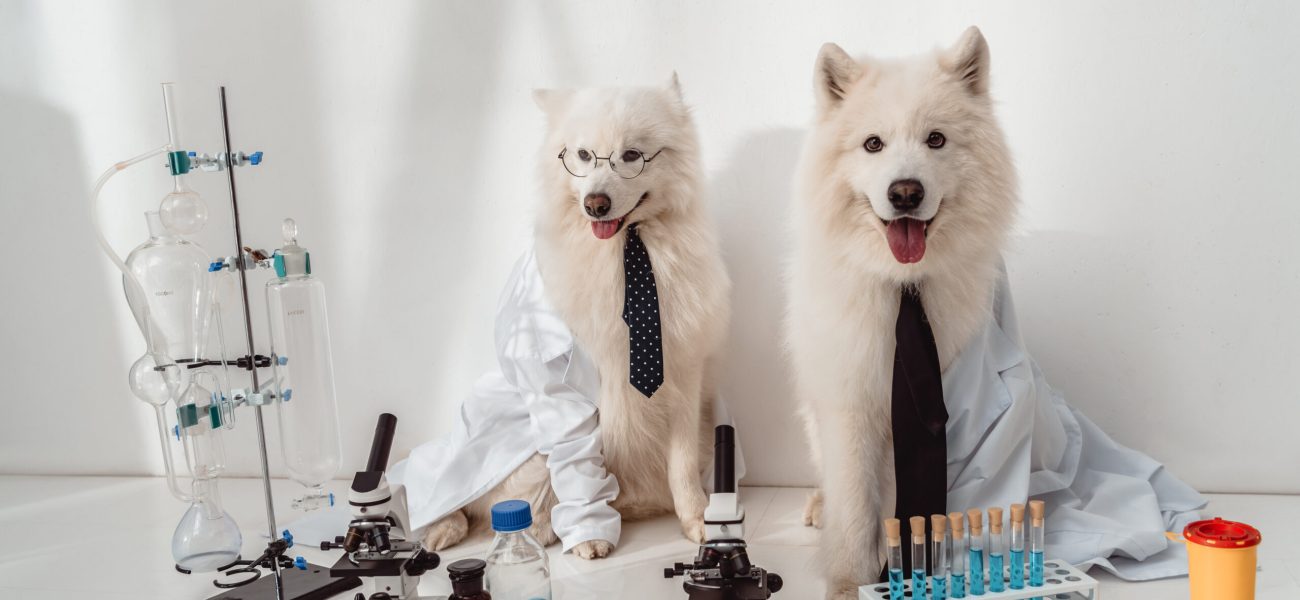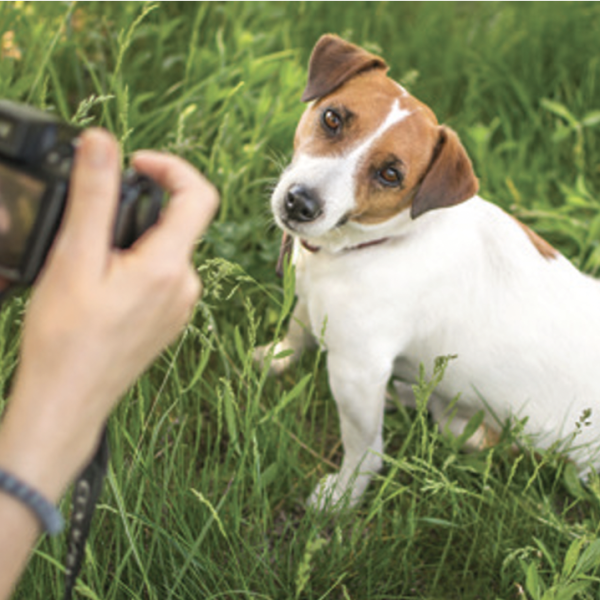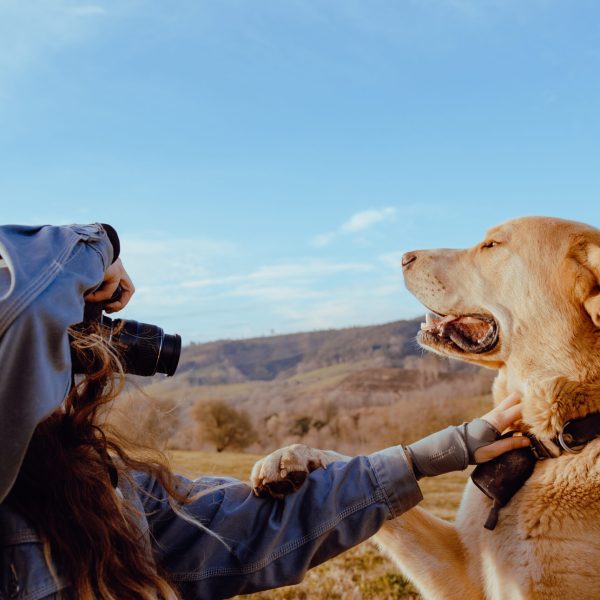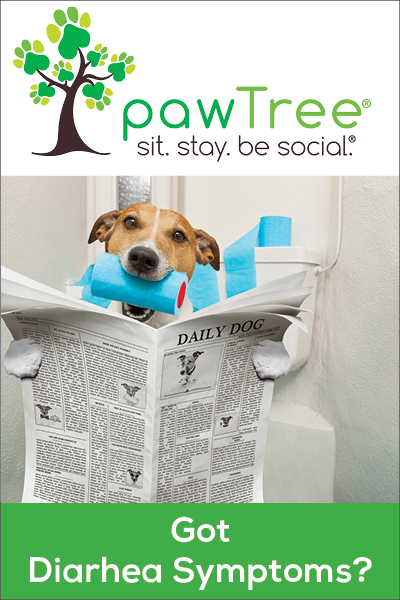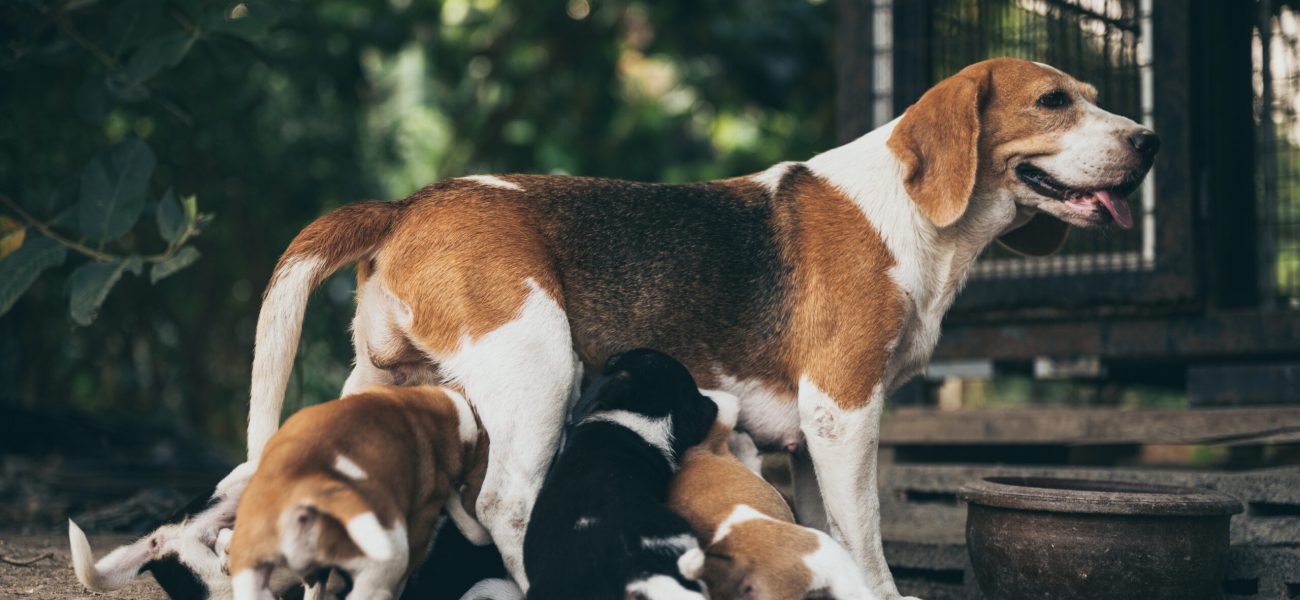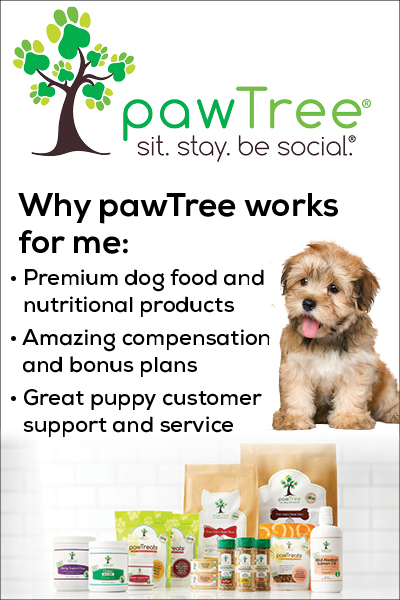
New Now Services: Assessing Strengths
In the last issue, Part 1 of this article revolved around explaining what a SWOT Analysis is, and in this issue, Chuck Holt continues his workshop style article by focusing on the first letter of the acronym, S is for Strengths. Use the blank paper to
actually write down your Strengths,
and then keep this copy of The Dog
Journal handy for the next parts of
this. Get creative, thing long and
hard, and get anyone involved in
your business to gather around and
help you.




